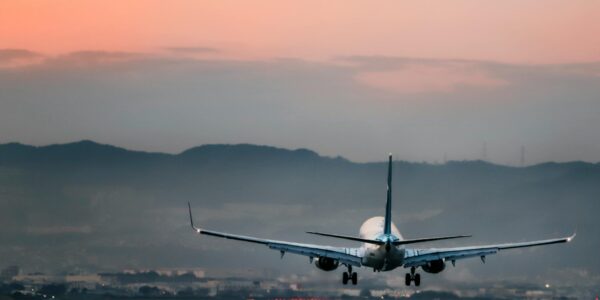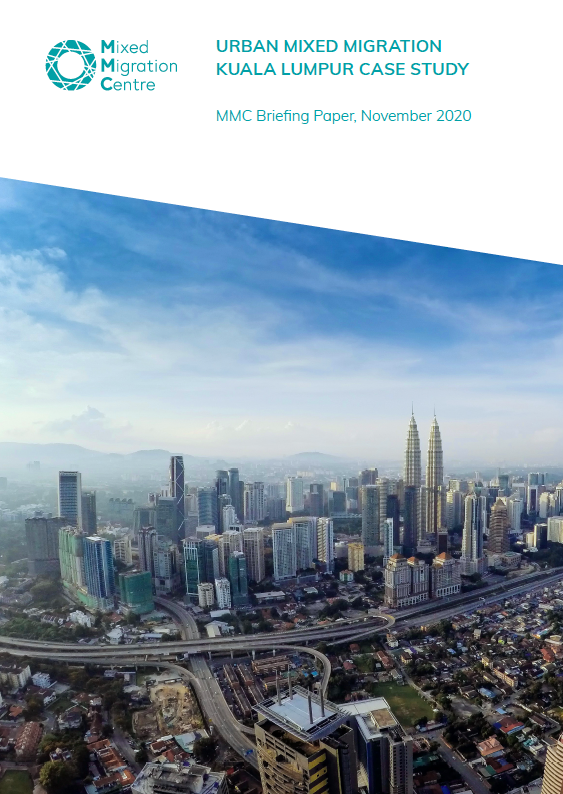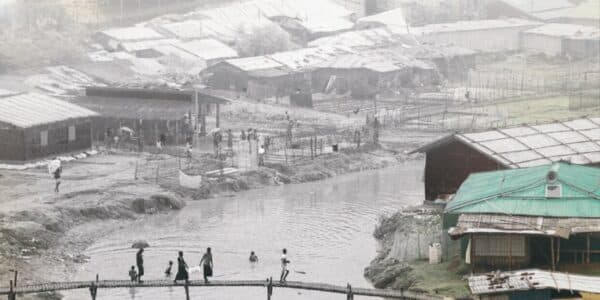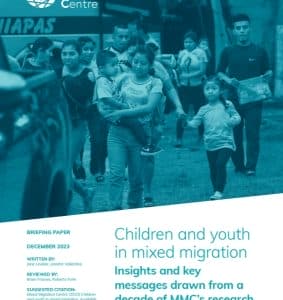
Urban Mixed Migration
Kuala Lumpur Case Study
Over the past decades Kuala Lumpur (KL) has been a destination city for hundreds of thousands of refugees and migrants, mainly from within Asia. This study examines the current opportunities and challenges facing refugees and migrants in KL, with a focus on the experience of Bangladeshis and Rohingya, in particular. Rohingya represent the largest refugee population in Malaysia, and while seeking protection first and foremost, they have also come to Malaysia to seek safer and better opportunities. Bangladeshis represent a high proportion of migrant workers coming to Malaysia escaping poverty, climate and environmental changes and in order to seek better opportunities. This study is timely given recent and concerning immigration responses in Malaysia, posing multiple protection risks for refugees and migrants in the country.
Starting with a contextual background of migration to KL and an overview of Malaysia’s migration policy framework, this case study explores the mixed migration dynamics present in KL from three complementary thematic lenses: 1) KL as a city of opportunities; 2) KL as a city of risks and 3) KL during the COVID-19 pandemic. It draws on MMC’s 4Mi data, as well as in depth interviews with migrants and refugees and civil society actors.
Download in Malay Download in English

